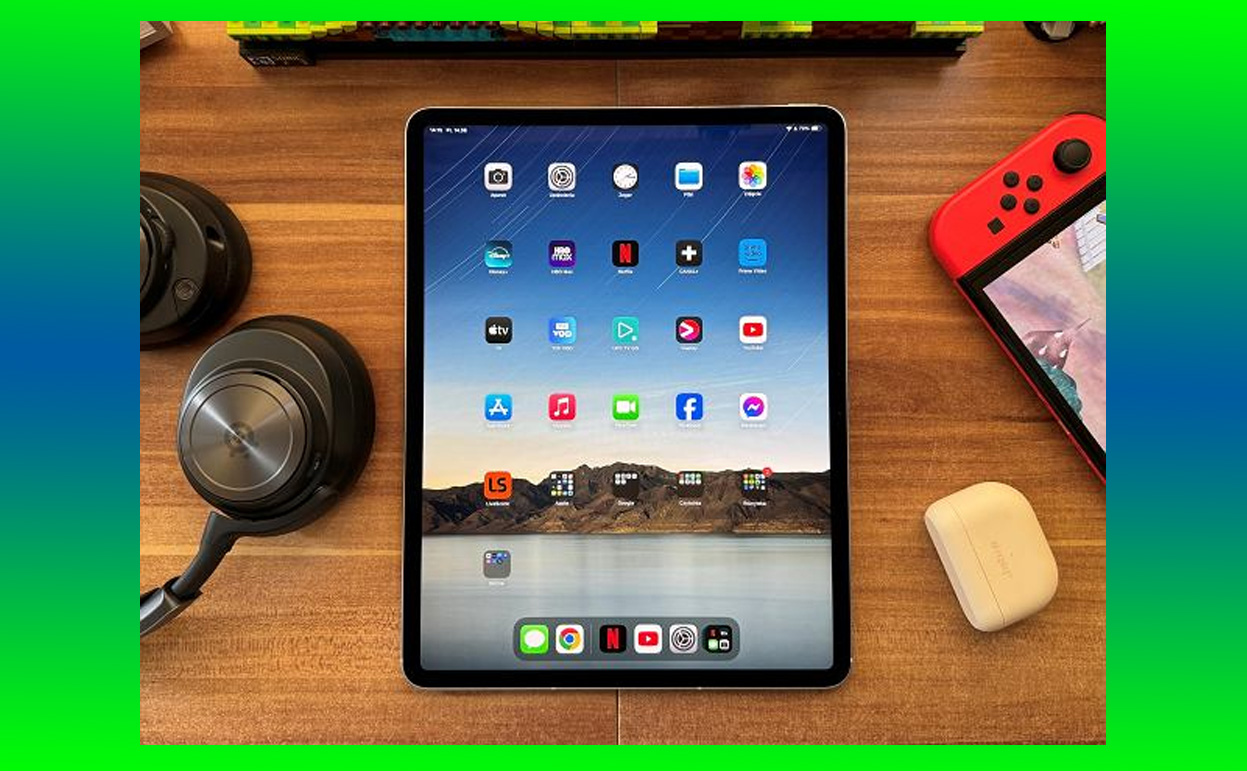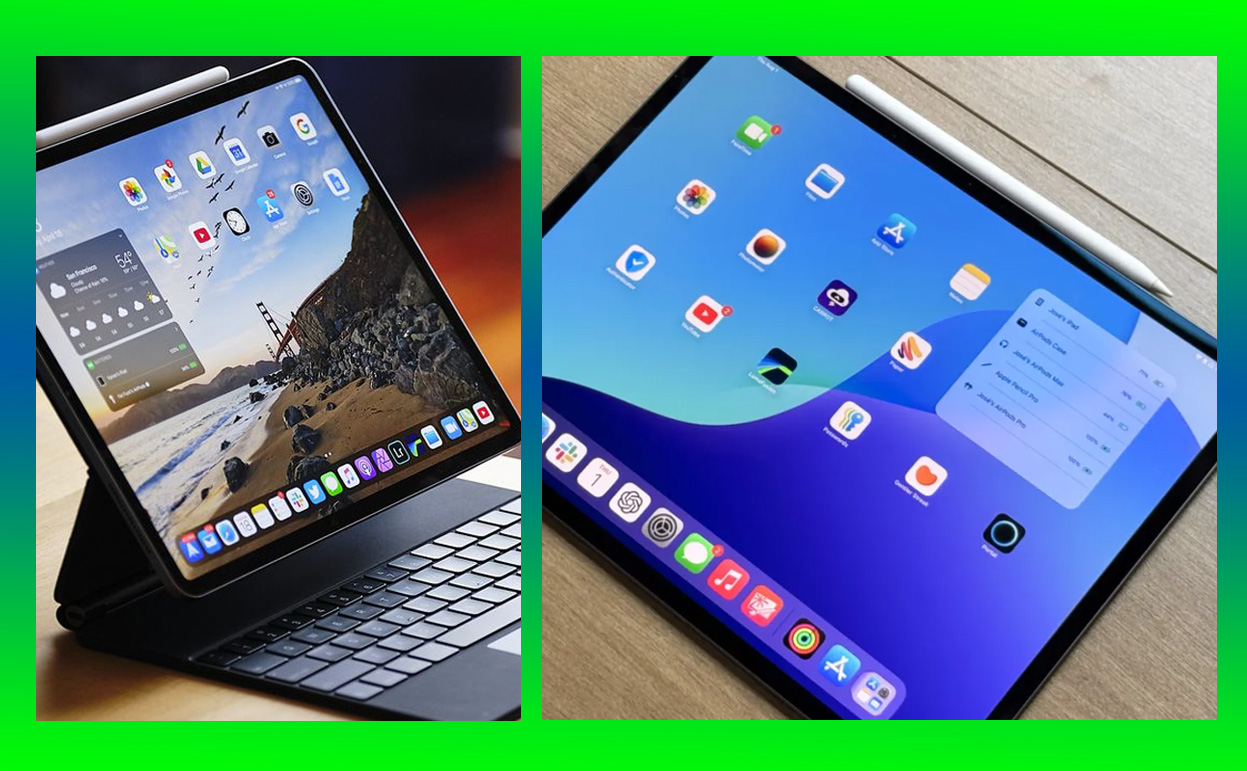When your iPad starts acting up, your first thought might be to head to the nearest Apple Genius Bar. While Apple’s expert technicians provide fantastic service, you may not need them for every iPad problem. Many common issues can be fixed quickly, right from the comfort of your home. By understanding some easy troubleshooting techniques, you’ll not only save time and money but also gain confidence in managing your tech.

This guide will cover the most common iPad issues and provide step-by-step solutions, from battery and connectivity problems to screen issues and app crashes. Each solution is crafted to be simple and effective, giving you the tools to resolve issues on your own.
Step 1: Diagnosing the Issue
The first step in any troubleshooting process is diagnosing the issue. Here’s how to pinpoint what’s wrong with your iPad.
1.1 Look for Patterns in the Problem
Does the screen freeze when you use certain apps, or does the battery drain unusually fast when you’re connected to Wi-Fi? Identifying patterns can help isolate the issue and streamline your troubleshooting process.
1.2 Restart Your iPad
The simplest fixes are often the most effective. Restarting your device is a great first step to resolve minor software glitches.
- How to restart: Press and hold the power button until the slider appears, then drag the slider to turn off the device. After it turns off, press the power button again to restart.
- Why it works: Restarting closes all running applications and refreshes the operating system, often resolving glitches.
1.3 Check for iPadOS Updates
Apple frequently releases updates for iPadOS, which may include fixes for bugs and performance improvements.
- How to check for updates: Go to Settings > General > Software Update.
- Tip: Make sure your device is connected to Wi-Fi and has a full charge before updating, as this can prevent interruptions during the installation.
Section 2: Resolving Performance Issues
If your iPad is running slow or freezing, there are several effective ways to restore it to peak performance.
2.1 Free Up Storage Space
When an iPad runs low on storage, it may slow down significantly. Check your storage usage to see if any files, apps, or media are taking up unnecessary space.
- How to free up storage: Go to Settings > General > iPad Storage. You’ll see a breakdown of what’s using your space. Delete unused apps, large media files, or old documents.
2.2 Clear Cache and Temporary Files
Over time, cache and temporary files can accumulate, causing performance issues.
- For Safari: Go to Settings > Safari > Clear History and Website Data.
- For other apps: Some apps have an internal cache-clearing option; otherwise, uninstalling and reinstalling an app can clear its cache.
2.3 Turn Off Background App Refresh
Background App Refresh allows apps to update content even when they’re not in use, but it can slow down your iPad.
- How to disable it: Go to Settings > General > Background App Refresh, and either turn it off completely or selectively disable it for apps you don’t use frequently.
2.4 Restart or Force Restart Your iPad
A regular restart can resolve many issues, but sometimes you may need to force restart your iPad.
- How to force restart: Quickly press and release the volume up button, then the volume down button, and finally hold down the power button until the Apple logo appears.
Step 3: Fixing Battery Issues
Battery life is a common concern for iPad users. If your battery drains quickly or isn’t holding a charge, try these solutions.
3.1 Check Battery Usage by App
Some apps consume more power than others, especially those with frequent background activity.
- How to check usage: Go to Settings > Battery and scroll down to see which apps are using the most battery.
3.2 Reduce Screen Brightness
Keeping your screen brightness at a high level drains the battery quickly.
- How to reduce brightness: Go to Settings > Display & Brightness and adjust the brightness slider to a comfortable level.
3.3 Enable Low Power Mode
While iPads don’t have an official “Low Power Mode” like iPhones, you can manually disable certain features to conserve battery life.
- Tips: Turn off Wi-Fi and Bluetooth when not in use, reduce screen brightness, and limit background app activity.
3.4 Check for Battery Health
If your iPad is still not holding a charge well, it might be due to battery health degradation. While iPadOS doesn’t have a built-in battery health feature, you can check battery health using third-party apps or consult Apple Support if the battery appears faulty.
Step 4: Fixing Wi-Fi and Bluetooth Issues
Connectivity issues are common but can be frustrating. Here’s how to resolve them quickly.
4.1 Toggle Wi-Fi and Bluetooth
Sometimes simply turning Wi-Fi or Bluetooth off and back on can resolve connectivity problems.
- How to toggle: Swipe down to open the Control Center and toggle the Wi-Fi and Bluetooth icons off and on.
4.2 Forget and Reconnect to Wi-Fi Networks
If toggling Wi-Fi doesn’t work, try forgetting the network and reconnecting.
- How to forget a network: Go to Settings > Wi-Fi, tap the (i) icon next to your network, and select Forget This Network.
4.3 Reset Network Settings
This is a more comprehensive solution that resets all Wi-Fi, Bluetooth, and VPN settings.
- How to reset network settings: Go to Settings > General > Reset > Reset Network Settings. Note that you’ll need to re-enter Wi-Fi passwords afterward.
Step 5: Screen Issues—Flickering, Unresponsiveness, and Cracks
Screen issues, such as flickering or an unresponsive display, can disrupt usability. Here’s how to fix these problems.
5.1 Restart the iPad
A restart is often the simplest way to resolve minor screen glitches.
5.2 Check for Physical Damage
If your screen has visible cracks or damage, it may require professional repair. You can try a temporary fix by placing a screen protector over cracks to prevent them from spreading.
5.3 Adjust Display Settings
Certain settings can cause flickering, especially in low-light conditions.
- True Tone: Go to Settings > Display & Brightness > True Tone and toggle it off if flickering continues.
- Auto-Brightness: Disable auto-brightness to control brightness manually, which may help in some cases.
5.4 Clean the Screen and Charging Port
Dirt or debris can interfere with touch sensitivity, especially around the edges of the screen or in the charging port. Use a microfiber cloth to clean the screen, and a soft brush or compressed air for the charging port.
Step 6: App Crashes and Freezing
If your iPad’s apps keep crashing, try these methods to fix the problem.
6.1 Update the App
App updates often fix bugs and improve performance. Make sure all your apps are up to date by visiting the App Store.
6.2 Clear Cache (if supported)
Some apps allow you to clear cache data directly within the app settings. For others, you may need to reinstall the app to reset its cache.
6.3 Delete and Reinstall the App
If an app continues to crash, delete it and reinstall it from the App Store.
6.4 Restart Your iPad
A simple restart can refresh app functionality and resolve conflicts causing crashes.
Step 7: Fixing Charging Issues
If your iPad won’t charge, these steps should help.
7.1 Check the Cable and Adapter
Examine your charging cable and adapter for signs of wear. Try using a different Apple-certified cable or adapter to see if that solves the issue.
7.2 Clean the Charging Port
Debris in the charging port can prevent proper contact. Use compressed air or a soft brush to gently clean the port.
7.3 Restart Your iPad
Restarting can help in cases where software issues are preventing charging.
7.4 Update to the Latest iPadOS
Sometimes charging issues stem from software glitches. Updating to the latest iPadOS version can fix these problems.
Step 8: When All Else Fails—Resetting Your iPad
If none of the above solutions work, resetting your iPad can be a last-resort fix.
8.1 Soft Reset
A soft reset won’t delete your data but will reset all your settings to default.
- How to soft reset: Go to Settings > General > Reset > Reset All Settings.
8.2 Hard Reset
A hard reset will erase all your data, so only use it if you’ve backed up your iPad.
- How to hard reset: Go to Settings > General > Reset > Erase All Content and Settings.
Conclusion: Fix Your iPad Without the Genius Bar
Most iPad issues can be solved at home with the right approach. By following these tips, you’ll become a pro at diagnosing and fixing iPad issues, from screen glitches to connectivity problems. With this guide, there’s no need to make a trip to the Genius Bar—you’ve got the skills to keep your iPad in top shape right at home.
Also Check:
- Fix iPads: Common Problems with iPads and How to Fix them Yourself in Minutes
- Top PS5 Pro Enhanced Games and How They Compare to the Original PS5
- iPads Generation and What it Contributed to the iPad’s legacy: A Generation-by-Generation Journey Since…
- Are Roku Remotes Universal? Everything You Need to Know
- Why Roku Wireless Speakers are the Perfect Addition to Your TV Setup
